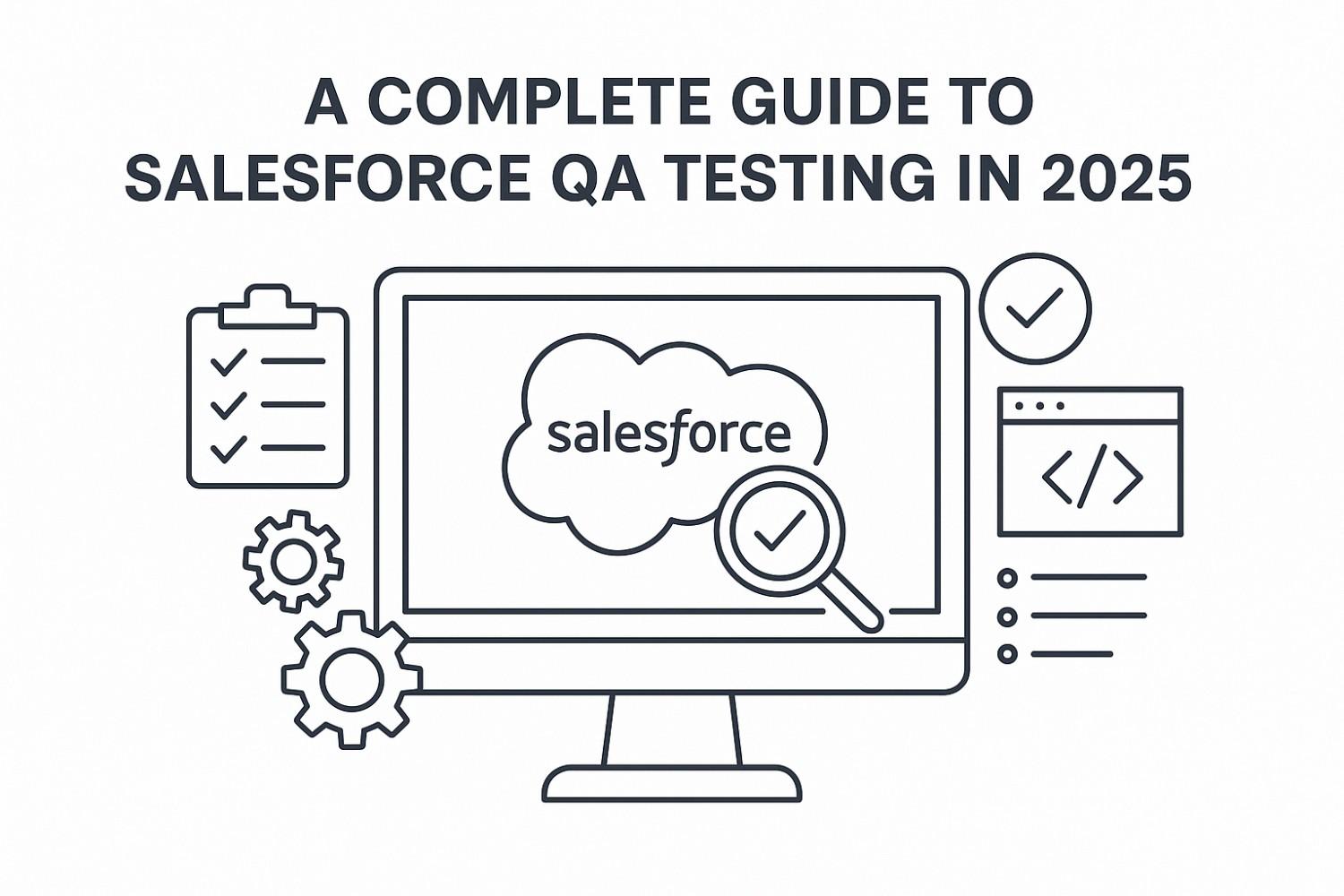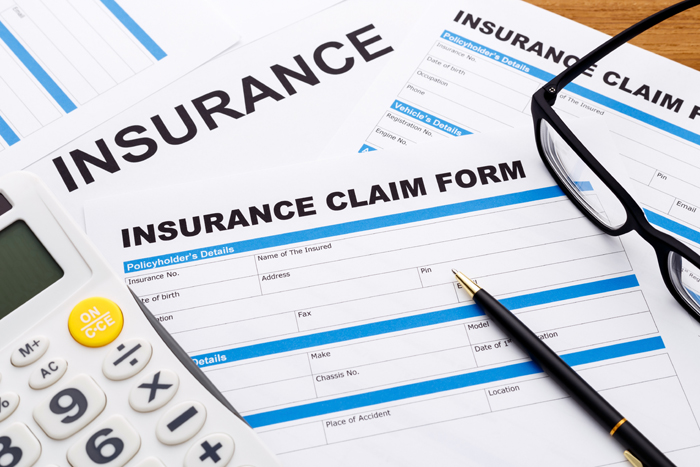Filing a car insurance claim can feel like a daunting process, especially when you’re unsure what happens behind the scenes. Understanding how insurance companies investigate claims can demystify the process and help you navigate it more confidently.
A car insurance claim investigation is an essential step that allows insurers to determine the legitimacy of a claim, assess damages, and ultimately decide the amount they will pay. Here’s a comprehensive look at what occurs during a typical car insurance claim investigation.
Filing the Claim
The first step in any car insurance investigation begins when a policyholder reports an accident or incident. This process usually involves contacting your insurance company through an online portal, over the phone, or via an insurance app. At this stage, you provide essential details such as the date, time, and location of the accident, a description of what happened, the parties involved, and any relevant police or accident reports.
Providing accurate and complete information at this stage is crucial. Incomplete or misleading information can delay the insurance claim investigation or even result in a denied claim. It’s also important to submit any supporting documentation, such as photos of the accident scene, witness statements, or medical records if injuries are involved.
Assignment of a Claims Adjuster
Once your claim is filed, the insurance company assigns a claims adjuster. This individual acts as the company’s representative and is responsible for investigating the claim thoroughly. Adjusters play a critical role; they evaluate the circumstances surrounding the accident, inspect vehicle damage, review policy coverage, and determine liability.
Claims adjusters may handle claims either internally (within the insurance company) or externally through independent adjusters, depending on the insurer’s procedures and the complexity of the case.
Initial Assessment and Documentation Review
After the assignment, the adjuster begins by reviewing all submitted documentation. They examine your policy to understand coverage limits, deductibles, and any exclusions that may apply. The adjuster will also review the police report if one exists, as well as medical records, repair estimates, and photographs of the vehicle damage.
This phase is critical because it sets the stage for further investigation. The adjuster identifies any gaps in the information and may request additional documentation from you or other parties involved in the accident.
Vehicle Inspection and Damage Assessment
One of the most visible aspects of a claim investigation is the physical inspection of your vehicle. Adjusters or specialized appraisers evaluate the damage to determine the cost of repairs. This may involve visiting a repair shop, using digital photos, or employing virtual assessment tools.
During the inspection, the adjuster looks for consistency between the reported incident and the physical evidence. For example, if a claim reports minor rear-end damage but the vehicle shows significant structural damage, the adjuster may question the validity of the claim. Accurate damage assessment ensures that the claim payout reflects the actual repairs needed.
Investigation of Liability
Determining fault is a critical part of any car insurance investigation. The adjuster investigates who is responsible for the accident, which may involve reviewing police reports, interviewing witnesses, analyzing traffic camera footage, and considering the circumstances of the crash.
In cases involving multiple parties, the adjuster may coordinate with other insurers to assess comparative fault. Liability findings influence how much the insurance company will pay and can affect your future premiums. For example, if you are found to be at fault, your insurer may cover the damages to the other party, but your rates could increase.
Interviews and Statements
To gather a complete picture of the incident, the adjuster may interview the policyholder, other drivers involved, passengers, and witnesses. These interviews help clarify the sequence of events and identify any discrepancies in the reported story.
It is important to provide honest and detailed responses during these interviews. Misstatements, whether intentional or accidental, can complicate the investigation and potentially result in claim denial.
Analysis of Evidence
Modern claim investigations often involve analyzing digital and physical evidence. For example, dashcam footage, smartphone data, and vehicle telematics (like GPS and speed tracking) can provide objective information about the accident. The adjuster may also consult repair shops or medical professionals for expert opinions on damage severity or injury claims.
This evidence-based approach helps insurance companies make informed decisions and protects against fraudulent claims. Fraudulent claims can result in criminal charges, fines, and denial of coverage, so insurers take this step seriously.
Estimating Repair Costs or Replacement
An insurance claim investigation confirms liability and verifies damages, the adjuster calculates the cost of repairs or replacement. This process typically involves obtaining quotes from certified repair shops or using software to estimate vehicle repair costs accurately. In some cases, if the car is deemed a total loss, the insurer determines its actual cash value rather than paying for repairs.
The payout amount will consider your deductible and any applicable coverage limits. If multiple parties are involved, the adjuster may also allocate costs according to liability findings.
Negotiation and Settlement
After completing the investigation, the insurance company presents a settlement offer. Policyholders can either accept this offer or negotiate if they feel it does not adequately cover the damages. Negotiations may involve providing additional evidence, seeking a second repair estimate, or requesting reconsideration of liability determinations.
A fair settlement ensures that policyholders receive adequate compensation while allowing insurers to manage claims responsibly.
Closing the Claim
Once a settlement is agreed upon and any repairs or reimbursements are processed, the claim is closed. At this stage, the insurer updates its records, and the policyholder receives confirmation of the closure. Depending on the outcome, the claim may impact your insurance premiums or remain neutral, especially if you were not at fault.
Tips to Ensure a Smooth Investigation
Report Accurately and Promptly: Timely and accurate reporting helps avoid delays.
Document Everything: Photos, videos, receipts, and witness information can strengthen your claim.
Cooperate with the Adjuster: Provide requested information honestly and promptly.
Understand Your Policy: Knowing your coverage, deductibles, and exclusions helps set realistic expectations.
Stay Organized: Keep all claim-related documents in one place for easy reference.
Conclusion
A car insurance claim investigation is a structured and methodical process designed to verify facts, assess damages, and determine liability. While the process can seem complex, understanding the steps involved, from filing a claim to settlement, helps policyholders navigate it with confidence.
By cooperating fully, documenting the accident thoroughly, and maintaining transparency, you increase the likelihood of a smooth and fair resolution. Knowing what happens behind the scenes gives peace of mind and empowers drivers to handle claims efficiently, ensuring they receive the compensation they are entitled to.






